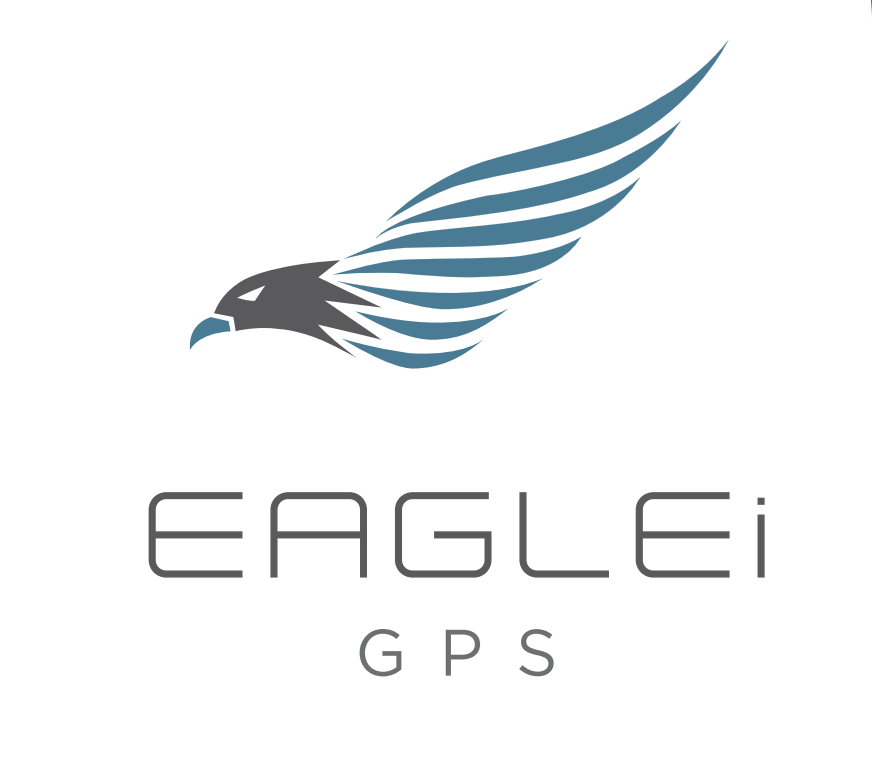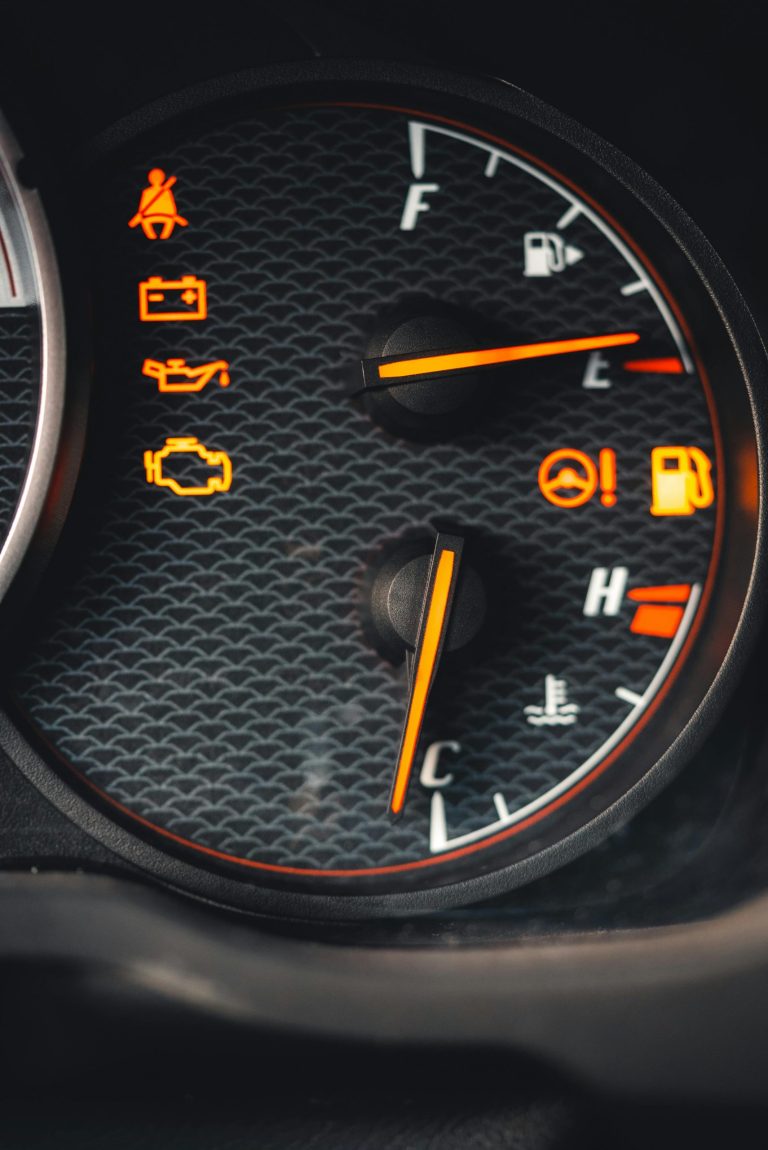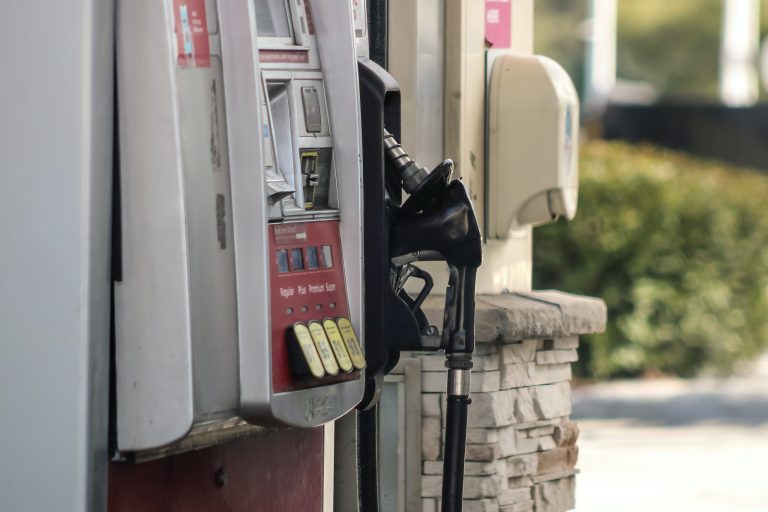Unraveling the DVIR: A Comprehensive Examination of the Driver Vehicle Inspection Report
The trucking industry, with its vast expanse of vehicles and regulations, demands rigorous checks and balances to ensure safety and compliance on the roads. One crucial component of this intricate web is the Driver Vehicle Inspection Report (DVIR). The DVIR might sound like a mere formality to some, but in reality, it plays an instrumental role in maintaining the integrity of fleet operations. In this detailed guide, we’ll delve deep into the DVIR, its importance, components, and best practices.
1. Introduction to DVIR
At its essence, the DVIR is a formal log, mandated by the Department of Transportation (DOT), which drivers must complete to confirm that they have inspected their commercial motor vehicles (CMVs) and found them to be, to the best of their knowledge, in safe operational order.
2. The Driving Force Behind DVIR
- Safety First: At the core of DVIR lies the principle of ensuring safety. By routinely inspecting vehicles, potential issues can be identified and rectified before they escalate into major problems or hazards.
- Regulatory Compliance: The DVIR isn’t just a good-to-have document; it’s a regulatory requirement. Non-compliance can lead to hefty fines and penalties.
- Operational Continuity: A well-maintained vehicle, regularly inspected, is less likely to break down, ensuring uninterrupted fleet operations.
3. Key Components of the DVIR
- Vehicle Details: Information about the vehicle, including its make, model, license number, and mileage.
- Driver Information: Details about the driver, including name, license number, and contact information.
- Inspection Checklist: A comprehensive list that covers all essential parts of the vehicle, from brakes and tires to lights and mirrors.
- Defects and Issues: Any anomalies or defects identified during the inspection should be duly noted.
- Signatures: Both the driver conducting the inspection and the mechanic who addresses any highlighted issues must sign off on the report.
4. DVIR in Action: The Inspection Process
- Pre-Trip Inspection: Before embarking on a journey, drivers are required to review the last DVIR. Any defects or issues previously reported should be addressed before the vehicle is deemed fit for operation.
- Post-Trip Inspection: Once the trip concludes, a new DVIR is initiated. This post-trip inspection ensures that any issues encountered during the journey are documented and addressed promptly.
5. Addressing Identified Issues
Merely identifying defects isn’t enough. The crux of the DVIR process lies in the timely rectification of these issues. If potential safety problems are highlighted, the vehicle should be deemed non-operational until the problem is addressed and rectified.
6. The Digital Transformation of DVIR
With the onset of technological advancements, many fleets are moving away from paper-based DVIRs to digital formats. Mobile apps and software platforms now allow drivers to complete DVIRs seamlessly, ensuring real-time updates, centralized storage, and easy retrieval.
7. Best Practices for DVIR Completion
- Thoroughness is Key: It’s imperative to inspect each item on the checklist meticulously, avoiding a cursory glance.
- Regular Training: Drivers should be routinely trained on DVIR protocols and the importance of accurate reporting.
- Timely Addressal: Once defects are identified, fleets should prioritize their rectification, signaling a commitment to safety.
- Record Retention: DVIRs, whether digital or paper, should be stored securely for the stipulated retention period as per DOT regulations.
8. Navigating DVIR Misconceptions
- Not an Optional Activity: Some erroneously view DVIRs as optional. In reality, they’re a mandated, non-negotiable aspect of fleet operations.
- Not Just a Paper Trail: DVIRs aren’t just about creating records. They’re instrumental in upholding vehicle safety and operational efficiency.
In Conclusion
The DVIR, far from being a mere procedural formality, stands as a testament to a fleet’s commitment to safety and compliance. By understanding its nuances and ensuring meticulous implementation, fleets can ensure not just regulatory adherence but also foster a culture of safety and proactive maintenance. As the saying goes, “Prevention is better than cure,” and in the realm of fleet management, the DVIR is the proactive measure par excellence.






